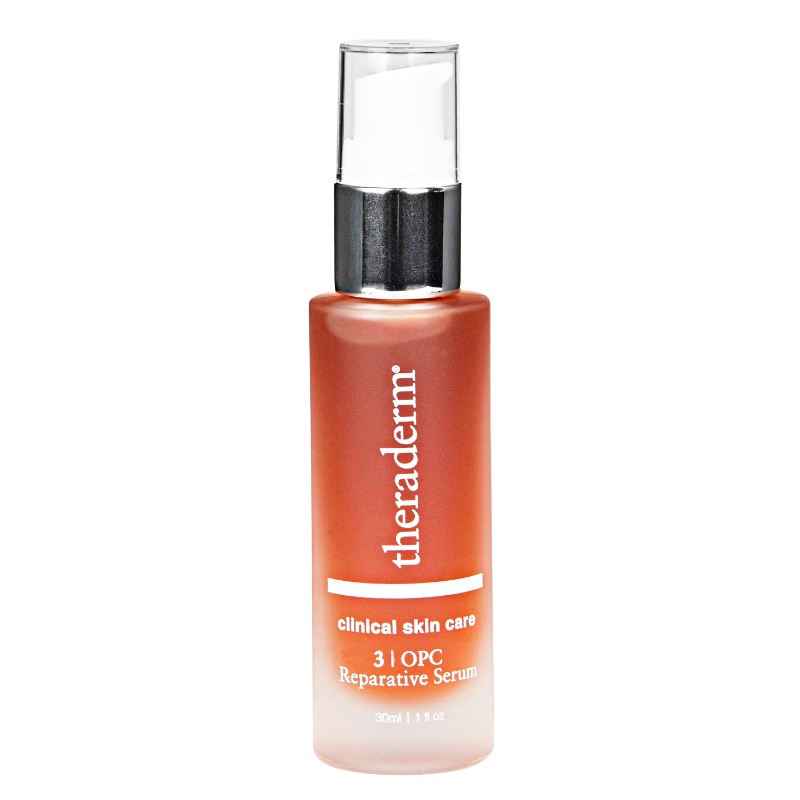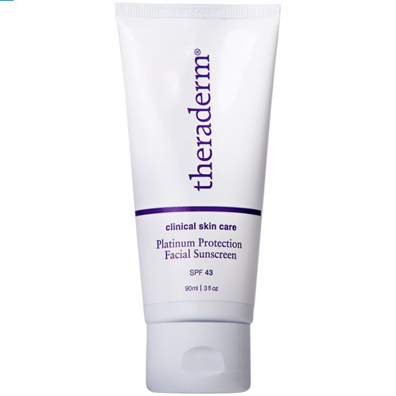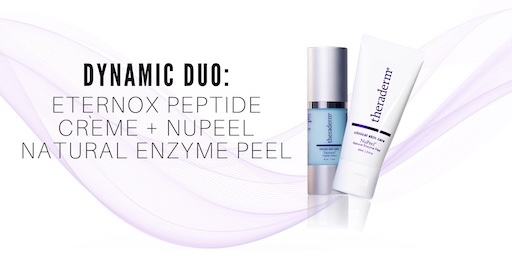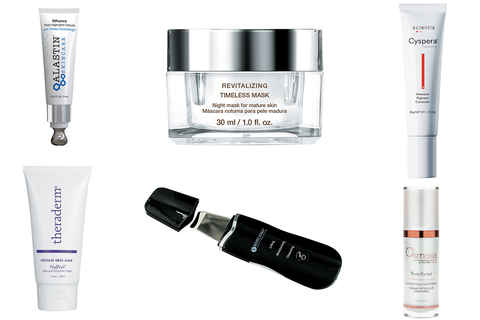Ouch…BY MARA SANTILLI
JUN 11, 2020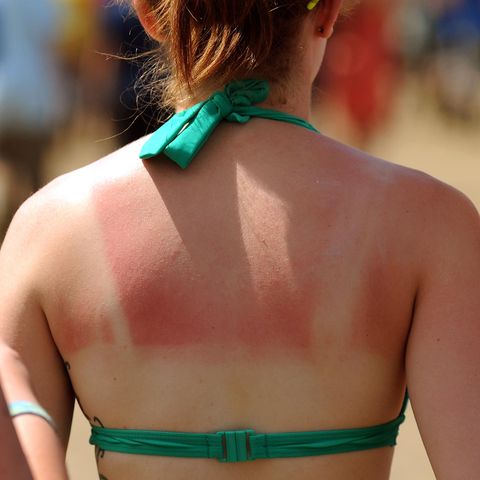
ANTHONY DEVLIN – PA IMAGESGETTY IMAGES
If you’ve ever had a reallly bad sunburn (you know, the I-look-like-a-lobster kind that makes you so uncomfortable, you can’t even sleep), you may have wondered what kind of damage that does to your skin long-term.
First things first: Not all sun exposure is a bad thing. Sunlight, in small doses, is beneficial. It gives your body Vitamin D that’s especially good for bone health, says James Beckman, MD, board-certified plastic surgeon and adjunct associate clinical professor in the dermatology department at Arkansas Medical School. But, if you’re not careful enough and overexpose yourself to the sun, your skin will burn, potentially causing long-term damage. “Excessive UV energy from sunlight can cause permanent skin damage,” says Dr. Beckman.
While it’s most common to get a first-degree sunburn on a typical beach day, it’s possible to get second- and third-degree burns from the sun as well (though more rare). Here, dermatologists break down the different levels of burns, at-home treatments you can use for relief, and how to prevent them from happening in the first place.
Wait, how can you get a third-degree sunburn? Ouch!
How badly you burn will depend on how close to the equator you are, how long you are out in the sun, and how much sunscreen you apply.
Sunburns tend to be just first- or second-degree burns to the skin, explains Carolyn Jacob, MD, a board-certified dermatologist at Chicago Cosmetic Surgery and Dermatology and a member of the American Academy of Dermatology. A first-degree burn may happen when you’re only out in the sun for a couple of hours, especially between the hours of 11 a.m. and 3 p.m., without sunscreen, and could happen anywhere. A more severe burn will take place when you’re in direct sunlight for hours or days on end without adequate protection, closer to the equator.RELATED STORYThese Photos Show What Sun Poisoning Look Like
Third-degree sunburns can happen but they’re rare—typically, a third-degree burn results from a fire or chemical burn. It’s possible to burn quicker and more severely in the sun if you’re taking medication that makes you more sensitive to light, like a high dose of the antibiotic doxycycline for an infection, or a high dose of spironolactone, a diuretic often used to treat high blood pressure, Dr. Jacob says.
What does a third-degree sunburn look like?
While it’s pretty hard to get this kind of burn from the sun, a third-degree burn involves completely dead skin—it’s described as a “full thickness” burn, Dr. Beckman explains. “The skin color will be whitish or dull and will not blanch with pressure,” Dr. Beckman says. But the burn itself may not be as painful because it has destroyed the nerve endings in the skin, so you won’t feel it as much.RELATED STORY5 Reasons You Keep Getting Sunburned
If you suspect you have a third-degree burn, or even a second-degree burn, you’ll need to visit the emergency room immediately—it’s not something to put off. Third degree burns require surgery to remove the dead skin, and then skin grafting, a transfer of skin from other places on the body.
The healing process isn’t a quick one either. “It may take as long as three to four weeks, even with good healing and no infection, for a third-degree burn to become well again,” says Dr. Beckman. Again, you probably won’t ever get a burn like this from the sun.
What’s the difference between a first-degree, second-degree, and third-degree burn?
The classification of the burn depends on the layers of the skin that are affected, says Dr. Jacob. Here’s a little more info about each one:
- First-degree sunburns involve redness, and maybe a slight peeling of the top layer of the skin, or the epidermis, she says.
- A second-degree sunburn also affects the epidermis, and will have blistering, even layers of blisters, redness, and peeling sheets of skin. It may take a few hours after long-term sun exposure for the burn to get pink or red and painful, depending on the severity. If your sunburn is accompanied by a fever or nausea, you may also have sun poisoning, and should load up on fluids in addition to checking in with a doctor.
- Third-degree burns are in a different category, because they actually reach the under-layer of your skin: the dermis. Because they usually result from chemicals or fire burns, there can be permanent scars on the skin, says Dr. Jacob.
This content is imported from {embed-name}. You may be able to find the same content in another format, or you may be able to find more information, at their web site.
How do you treat a severe sunburn?
If you have a severe sunburn, applying a cooling aloe gel can help reduce inflammation, and cool damp washcloths may improve the pain, Dr. Jacob says. Using hydrocortisone cream twice daily can also help, she adds. For a more severe second-degree burn, a prescription cortisone cream from your dermatologist may be more effective.
Dr. Jacob also recommends using Avene Thermal Spring Water to calm irritation and redness. While a first-degree burn likely doesn’t need to be covered, it may be more comfortable to cover a second-degree burn with a closed dressing so it isn’t exposed to air or friction from your clothing. But these dressings need to be changed frequently, ideally daily, to make sure it doesn’t become infected, Dr. Beckman adds.RELATED STORYHow To Treat Your Sunburns For Fast Relief
No matter the severity of the burn, you may want to also take ibuprofen to decrease the inflammation and pain. It’s also important to drink plenty of fluids so that your skin stays hydrated, Dr. Jacob says. Another at-home remedy is wrapping ice packs in cloths and applying them to your burns—you can repeat this for about 10 minutes, about every two hours.
To protect yourself from further sunburns, make sure you’re protecting yourself with a broad spectrum (both UVA and UVB protection) sunscreen with a minimum SPF of 20, Dr. Beckman says. Don’t forget that you should be wearing sun protection even on cloudy days, and covering any burns you already have. And, Dr. Beckman adds, always reapply sunscreen multiple times throughout the day. Better to be cautious than crispy.
Mara is a freelance writer specializing in culture, politics, wellness, and the intersection between them, whose print and digital work has appeared in Marie Claire, Women’s Health, Cosmopolitan, Airbnb Mag, Prevention, and more.


